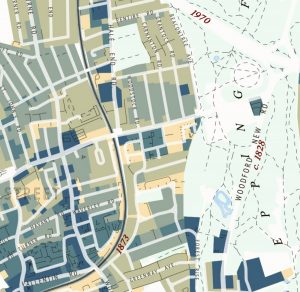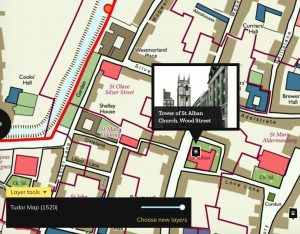New Book – Gilded City: Tour Medieval and Renaissance London
Have you ever wondered how London began? Or how London grew to become such an influential world city for business, politics and culture? You might be interested in Gilded City, a new book coming out this July. Gilded City tells the story of London by touring its most fascinating historic districts and buildings, and describing … Continue reading New Book – Gilded City: Tour Medieval and Renaissance London
Continue reading »



